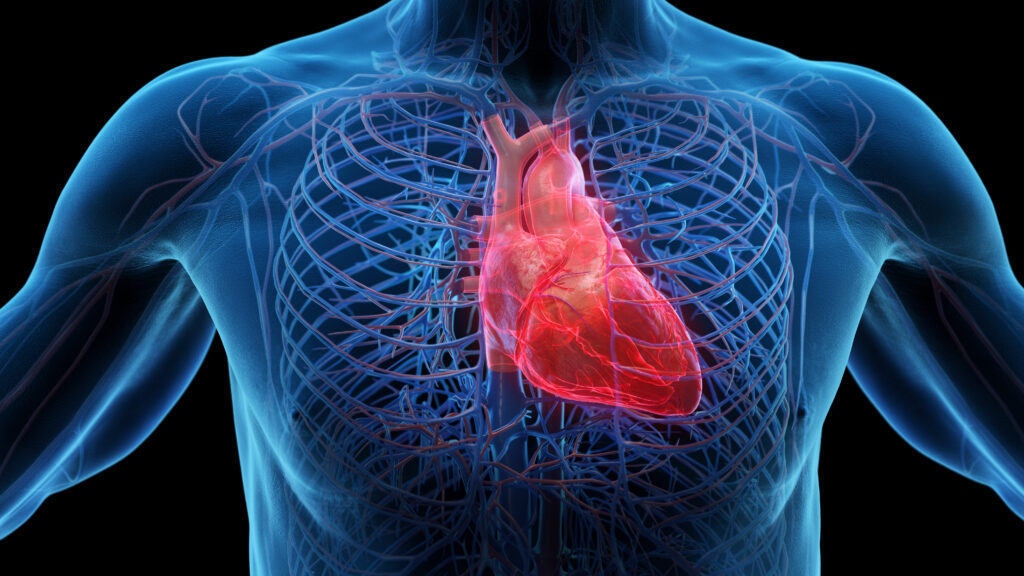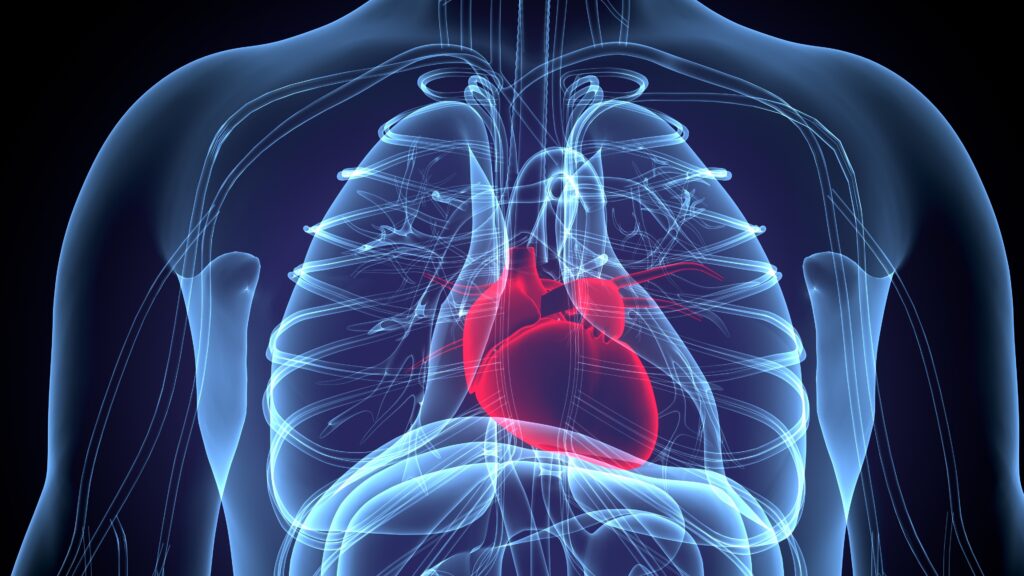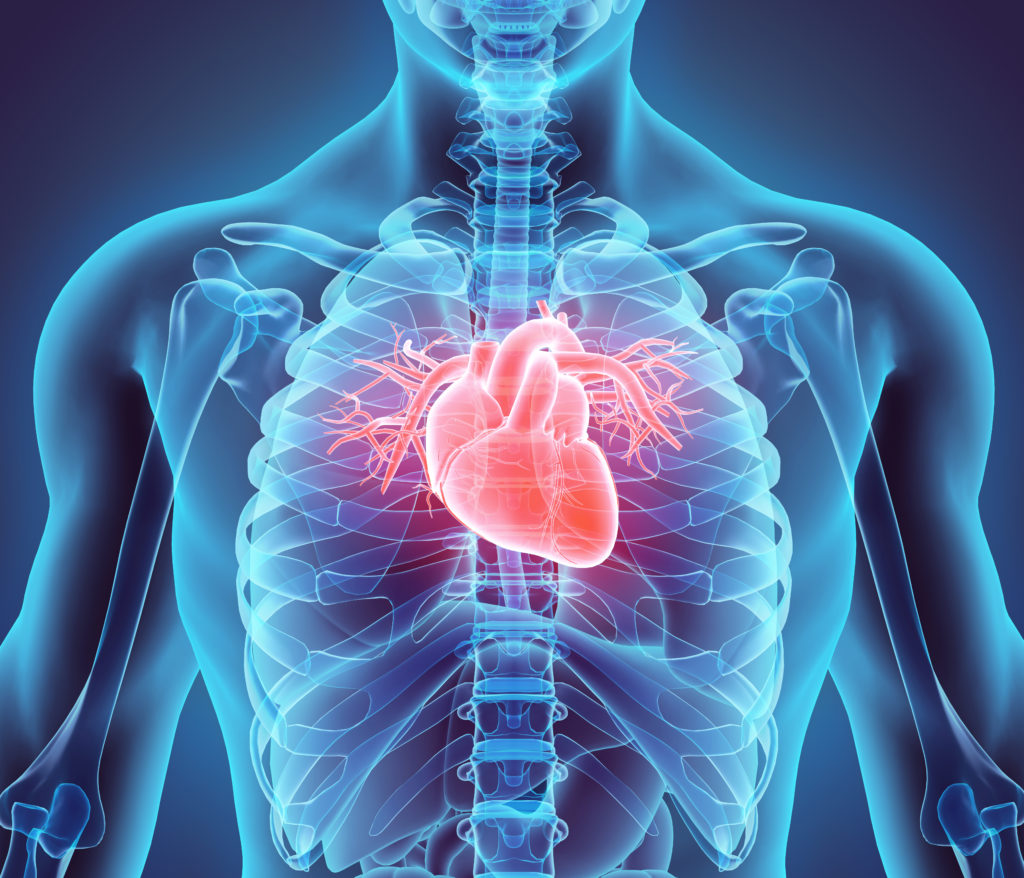Introduction: The increasing use of remote monitoring (RM) for implantable cardiac devices presents challenges for device services in managing the volume and nature of information received. Detecting a patient’s death through RM transmissions is a significant but infrequent event. This study aims to describe the characteristics of alert transmissions indicating the possibility of death and propose a management strategy for such scenarios.
Methods: The study included consecutive ambulatory out-patients whose deaths were initially detected through remote monitoring. Clinical and device data were collected from electronic records, the hospital’s device database, and the RM platform. Ethical approval was obtained from the institution’s Clinical Effectiveness Unit.
Results: Over a 9-year period (2014–2023), 28 deceased patients were detected. The mean age of patients was 72 ± 11 years, and the mean left ventricular ejection fraction was 34 ± 14%. Of the deceased patients, 21 had implantable cardioverter-defibrillators (ICDs), 4 had pacemakers, and 3 had implantable loop recorders. In 54% of the cases, the patient’s death was already known, while in the remaining cases, family members were unaware or could not be contacted. Alert transmissions indicating death were commonly related to ventricular tachycardia (VT) or ventricular fibrillation (VF) events, but also due to right ventricular lead integrity, right atrial sensing amplitude, or implantable loop recorder device status. Several diagnostic features in transmissions may indicate a patient’s death. The most reliable diagnostic feature is the presenting electrogram (EGM) transmission, which shows pacing at the lower rate limit with no evoked response or local capture and no T waves across any channel. Device diagnostics and lead parameters, such as an increase in intracardiac impedance, can also suggest a deceased patient. Arrhythmia events recorded by the device, especially exhausted therapies or agonal rhythms, may indicate death, although not all cases present with EGM recordings. However, these observations may not always be conclusive, as device-related factors or fractures can mimic the features of a deceased patient. Among the deceased patients, the majority had VT or VF at the time of death. In cases where ICD shocks were delivered, the arrhythmia re-initiated shortly after successful cardioversion. Delayed therapy was observed in some patients due to slow VT progressing to VF or functional under sensing. Some patients did not receive ICD shocks due to inappropriate withholding of therapy by SVT discriminators or because the VF rate fell below the programmed shock therapy zone.
Conclusion: The detection of patient deaths through RM of implantable cardiac devices presents unique challenges and considerations for device services. This study highlights the key features indicating likely death in RM transmissions, including presenting EGM, device diagnostics, and arrhythmia events. It also emphasizes the need for improved device programming and response protocols to ensure timely and appropriate therapy delivery. Standard operational policies and legal consultation should be established to address the implications of RM in detecting patient deaths. ❑














